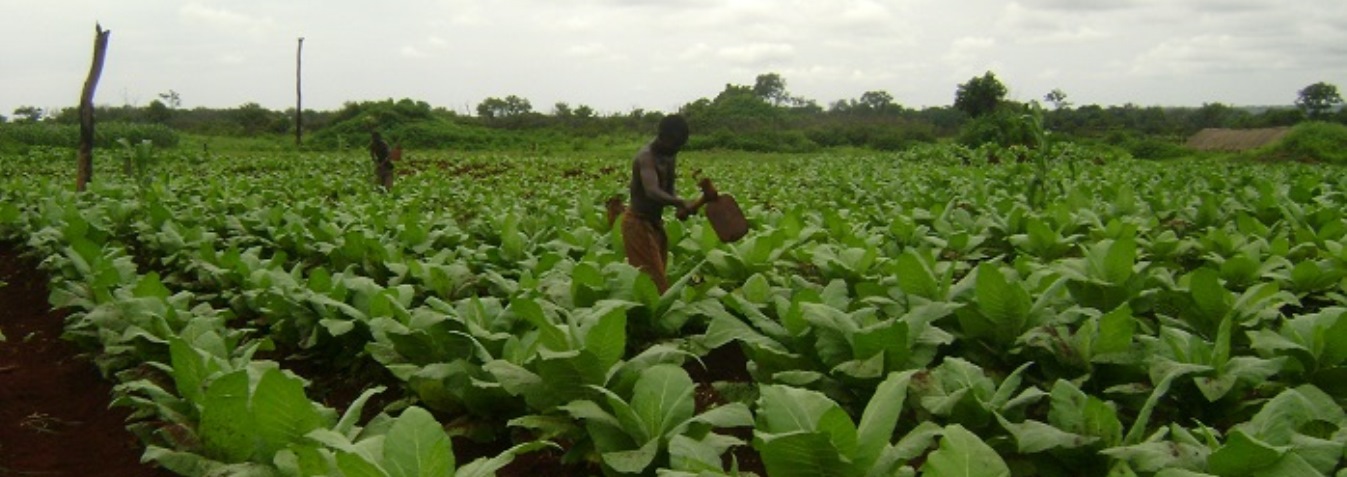
What is adaptation?
Climate change is affecting all nations across the globe. It might be a little late to avoid some irreversible changes in the climate, but we cannot ignore adaptation strategies. We all must learn to manage the risks that have arisen as a result of shifts in climate. But what does adaption really mean? Adaptation generally means investing in basic infrastructure and programs to protect us against the effects of climate change, but why, then, is adaptation different in different economies around the world?
While rich countries adapt by providing their nations with early warning and defense systems, poor countries are left to face much more challenging problems as they lack the resources and finances to cope. When faced with a drought the poor may suffer hunger from crop losses, but rich places, such as the state of California in the United States, develop extensive systems of reservoirs and water transfer channels to maintain flows to dry areas. When floods hit, floodwaters and communities in Vietnam's Mekong Delta have to depend on swimming lessons and life jackets for survival, while the UK is able to fund flood management and coastal erosion projects annually. Why should swimming be a sport in one country and a means of survival in another?
c
In Kenya, farmers till their land to plant drought resistant crops. Photo credit: Elijah Mumo (Voices4Climate Competition)
UNICEF and the Ministry of Education in Mongu, Western Zambia are advocating for projects to construct floating schools that cannot be destroyed by floods to help children who are forced to drop-out of school until the waters subside because their families cannot afford to relocate to dry areas. However, such projects are still far from implementation due to lack of funds.



